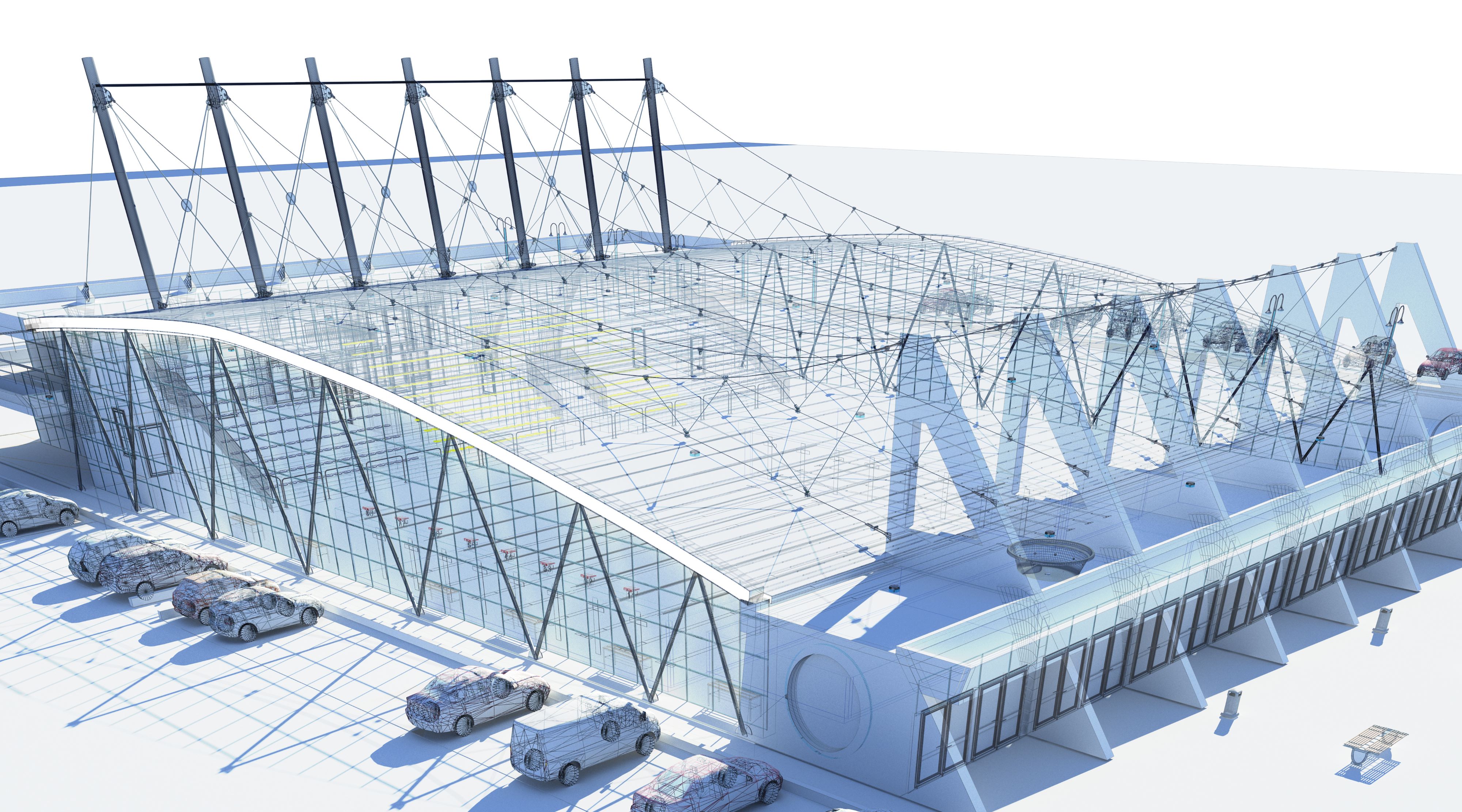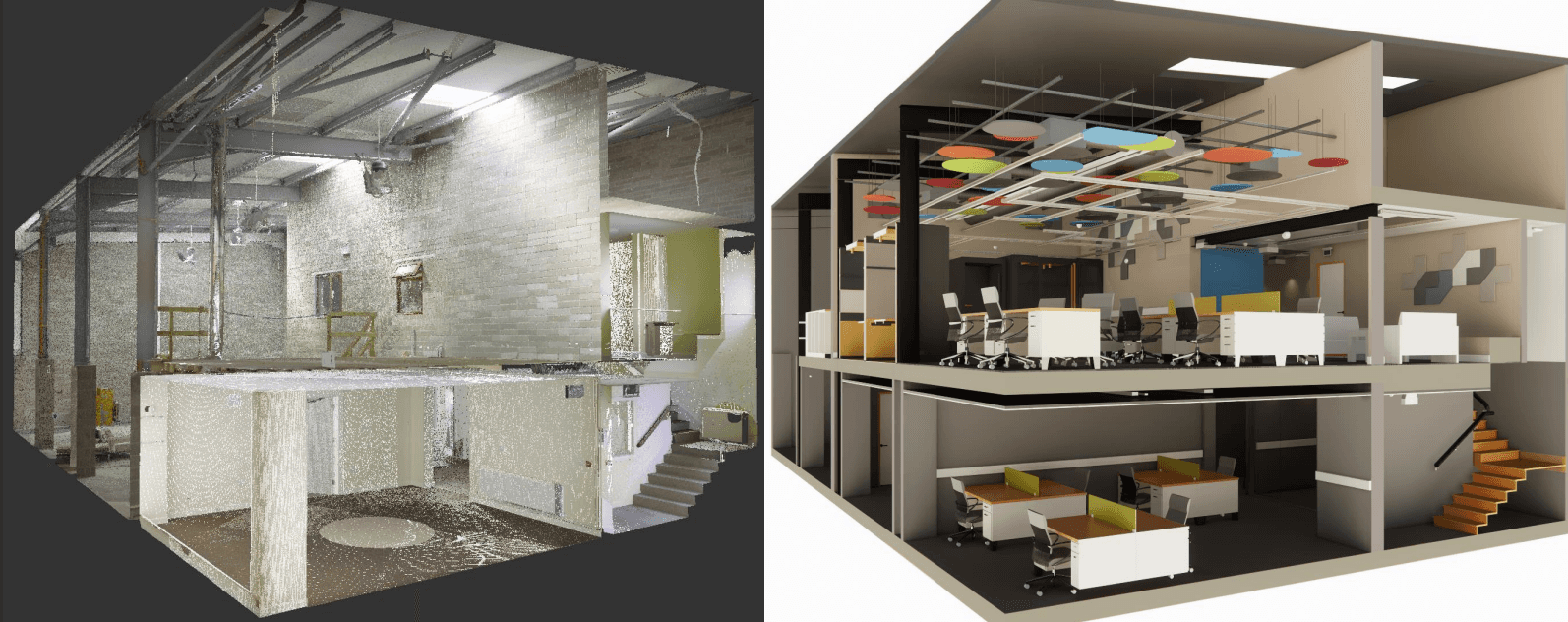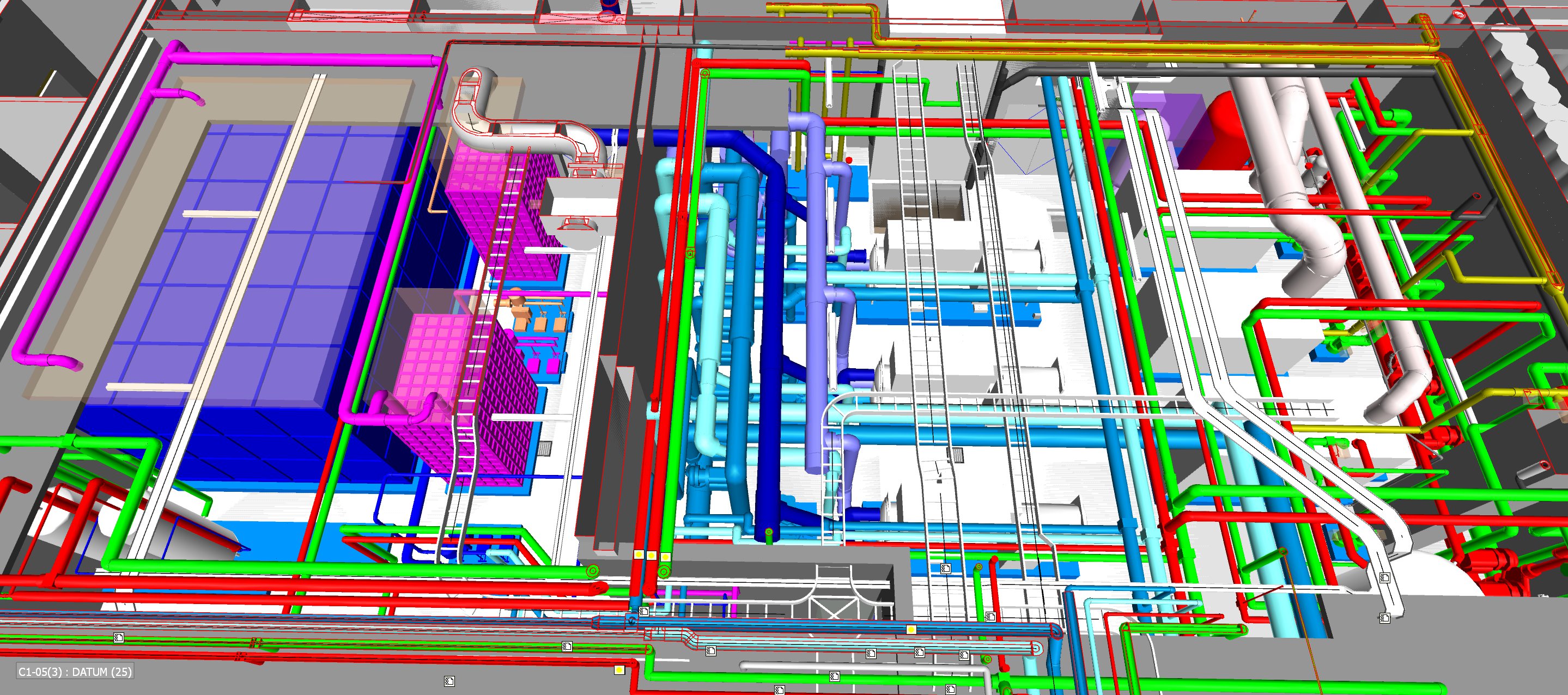
5 Best Tips to Understand and Organise Revit Families
Revit Families are the backbone of any Revit project, providing the essential building blocks for creating detailed and accurate models. Understanding and organising these families effectively can significantly enhance your workflow and ensure your projects run smoothly. Here are five best tips to help you get the most out of Revit Families.
1. Understand the Basics of Revit Families
Before diving into organizing your Revit Families, it’s crucial to understand the different types of families and their purposes:
System Families: These are pre-defined within Revit and include elements such as walls, floors, and roofs. They are fundamental to your model and cannot be created or deleted.
Loadable Families: These are customisable families that you can create, modify, and load into your project. Examples include furniture, doors, and windows.
In-Place Families: Created within the context of a specific project, these families are unique to the project and cannot be reused in other projects.
Familiarising yourself with these family types will help you know where and how to use them effectively in your projects.
2. Consistent Naming Conventions
One of the most important aspects of organising Revit Families is maintaining consistent naming conventions. This practice ensures that families are easy to locate and understand, minimising confusion and errors. Consider the following tips for naming conventions:
Include Category and Type: Use clear and descriptive names that include the category (e.g., Door, Window) and type (e.g., Double, Single).
Use Abbreviations Wisely: Abbreviations can save time, but they should be standardised and easily understood by all team members.
Date and Version Control: Including the creation or modification date and version number can help track changes and updates over time.
3. Utilise Revit Family Parameters
Parameters are a powerful tool in Revit, allowing you to control the properties and behaviour of your families. Utilising parameters effectively can enhance the flexibility and usability of your families:
Instance Parameters: These parameters allow you to modify individual instances of a family without affecting other instances.
Type Parameters: These parameters apply to all instances of a family type, ensuring consistency across your model.
Shared Parameters: Shared parameters can be used across multiple families and projects, enabling consistent data management and reporting.
By leveraging parameters, you can create more adaptable and efficient families.
4. Organise Your Family Library
A well-organised family library can save time and reduce frustration when searching for specific families. Consider implementing the following organisational strategies:
Folder Structure: Create a logical folder structure that categorises families by type, function, or project phase.
Templates and Standards: Develop templates and standards for your families to ensure consistency and quality.
Metadata and Tags: Use metadata and tags to provide additional context and information about each family, making them easier to search and filter.
Regularly review and update your library to ensure it remains relevant and efficient.

5. Regular Maintenance and Quality Control
Keeping your Revit Families organised requires ongoing maintenance and quality control. Implement a regular review process to ensure your families remain up-to-date and compliant with your standards:
Audit and Purge Unused Families: Regularly audit your project to identify and remove unused families, reducing clutter and improving performance.
Update Families: Ensure that all families are updated with the latest standards, parameters, and naming conventions.
Collaborate and Share: Encourage collaboration and sharing of best practices within your team to continuously improve your family organisation and management processes.
By dedicating time to regular maintenance, you can ensure your Revit Families remain a valuable asset to your projects.
Conclusion
Understanding and organising Revit Families is crucial for efficient and successful project execution. By mastering the basics, maintaining consistent naming conventions, utilising parameters, organising your library, and conducting regular maintenance, you can optimise your Revit workflow and ensure high-quality outcomes. Start implementing these tips today and experience the benefits of a well-organised Revit Family system.


